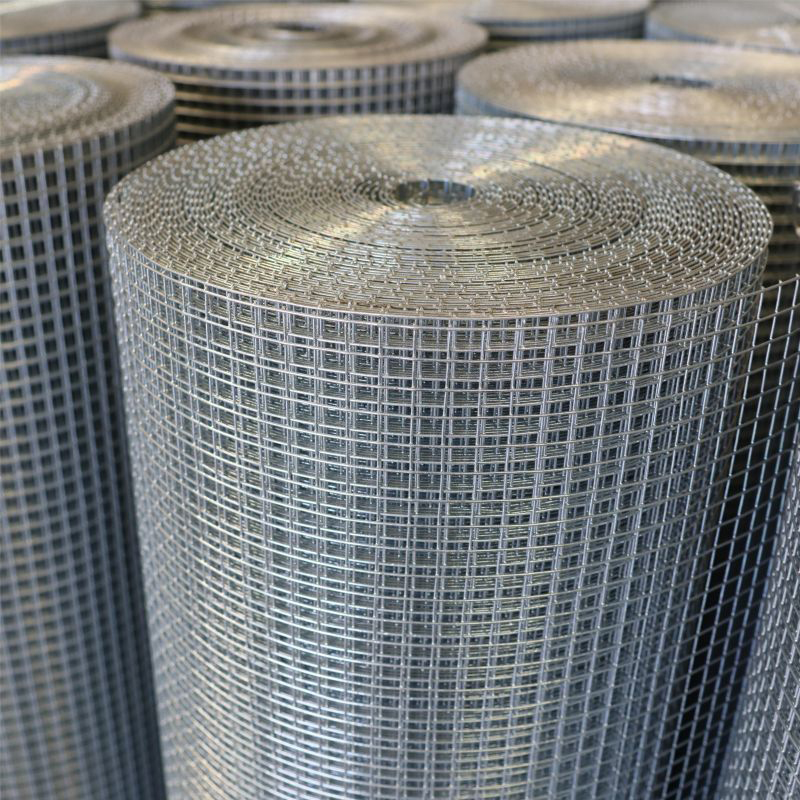hot dip gi wire
Hot Dip Galvanized (HDG) Wire A Comprehensive Overview
Hot dip galvanized (HDG) wire is a widely used type of wire known for its superior corrosion-resistant properties. The process of hot dip galvanization involves immersing the wire in molten zinc, which forms a protective layer that significantly enhances its durability and longevity. This article will explore the various aspects of HDG wire, including its applications, manufacturing process, advantages, and considerations for use.
The Manufacturing Process
The production of hot dip galvanized wire begins with the selection of high-quality steel wire. The wire is first cleaned and prepared to ensure that it is free of any contaminants such as rust, dirt, or grease, which could hinder the adherence of the zinc coating. This preparation often involves a degreasing step and the use of an acid bath, typically consisting of hydrochloric acid, to remove any oxidation.
Once the wire is prepped, it is drawn into the desired diameter. The wire undergoes the hot dip galvanization process next. The wire is submerged in a kettle filled with molten zinc at temperatures around 450°C (842°F). During this immersion, a metallurgical reaction occurs, which leads to the formation of multiple layers of zinc-iron alloy on the surface of the wire. This coating process can last anywhere from a few seconds to several minutes, depending on the required thickness of the zinc layer.
After being removed from the zinc bath, the wire is cooled and typically undergoes a quenching process to set the coating. The final product is a strong, flexible wire with a shiny, metallic appearance that is significantly resistant to corrosion and environmental degradation.
Applications of HDG Wire
Hot dip galvanized wire has a broad range of applications across various sectors. Its durability makes it ideal for use in outdoor environments where it is exposed to the elements. Common applications include
1. Fencing HDG wire is often used in the construction of fencing systems, such as chain-link fences, agricultural fences, and residential boundary fences. Its strength and resistance to rust make it suitable for long-term outdoor use.
2. Construction In construction, HDG wire is utilized for tying rebar, supporting structures, or as part of composite materials in concrete applications. Its ability to withstand corrosion extends the lifespan of structures.
3. Marine Applications The marine industry employs HDG wire for various applications, including boat trailers and mooring lines, thanks to its remarkable resistance to saltwater and humid conditions.
4. Agriculture Farmers and ranchers use HDG wire for animal enclosures, trellises, and other agricultural supports, benefiting from its resilience and long service life.
hot dip gi wire

5. Crafting and DIY Projects The robust nature of HDG wire makes it an ideal choice for DIY enthusiasts and crafters who require strong and durable wiring solutions for various projects.
Advantages of Hot Dip Galvanized Wire
The benefits of using hot dip galvanized wire are numerous. Some of the main advantages include
- Corrosion Resistance The galvanized coating provides exceptional protection against rust and corrosion, significantly extending the life of the wire compared to uncoated alternatives.
- Strength and Durability HDG wire maintains high tensile strength, making it suitable for applications that require a strong, reliable material.
- Low Maintenance Once installed, HDG wire requires little maintenance compared to other materials that may need regular painting or treatment to prevent corrosion.
- Cost-Effectiveness Although the initial investment may be higher than non-treated wire, the longevity and low maintenance costs of HDG wire make it a cost-effective solution over time.
Considerations for Use
While hot dip galvanized wire offers many advantages, there are also some considerations to bear in mind. The galvanized coating can be thick, and in some cases, it may affect the wire's flexibility. Additionally, the presence of zinc on the surface can lead to galvanic corrosion when HDG wire comes into contact with certain metals. Therefore, careful consideration of the application and environmental factors is essential when selecting HDG wire for specific projects.
Conclusion
In summary, hot dip galvanized wire is a versatile and durable material that provides a long-lasting solution for various applications. Its excellent resistance to corrosion, combined with its strength and low maintenance requirements, makes it a preferred choice in numerous industries. Whether used in construction, agriculture, or crafting, HDG wire demonstrates reliability and effectiveness, proving to be a valuable asset in any project where durability is paramount.
-
Space-Saving Chain Fence Hacks Vertical Gardening with Cyclone MeshNewsJul.16,2025
-
Innovations in Iron Nail Wire Production for Modern ConstructionNewsJul.16,2025
-
Creative Uses of Wire Netting Fence in Modern Landscape DesignNewsJul.16,2025
-
Barbed Wire Fence Innovations in Anti-Climb TechnologyNewsJul.16,2025
-
Architectural Uses of Umbrella Nails for Aesthetic Roof DesignsNewsJul.16,2025
-
Architectural Uses of Razor Barbed Wire in Secure Urban DesignNewsJul.16,2025




